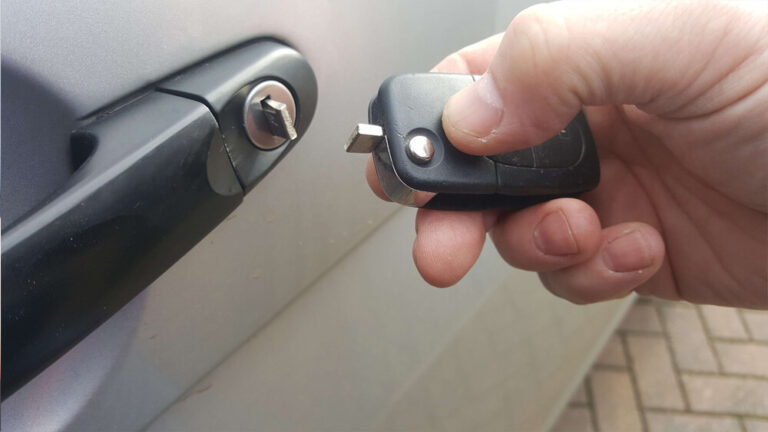DPF Removal/Delete

A DPF delete removes a vehicle’s DPF and configures the computer system to function without it. … The exhaust is used to physically replace the DPF, while the tuner disables the vehicle’s regeneration mode and ensures that no other engine codes come up
he DPF looks similar to a traditional exhaust silencer, but is mounted close to the engine. Inside is a complex honeycomb ceramic structure designed to filter the exhaust gases while minimising flow reduction (which would otherwise limit performance). By forcing the exhaust gases through the walls between the channels of the DPF, the particulate matter is deposited on the walls, so reducing the amount of air pollution. Once the DPF reaches a certain level of ‘Saturation’ it performs a regeneration cycle to burn off the particulate matter inside the filter.


COMMON CAUSES FOR DPF FAILURE
There are a multitude of reasons a DPF can fail, the most common are highlighted below:
- High mileage and compacted with fine soot.
- Failed sensors preventing DPF regeneration.
- Lack of additive in fuel (where fitted) causing incomplete burn off.
- Engine issues i.e. leaking injector, valve stem oil seals, worn piston rings.
- DPF unable to regenerate due to driving conditions i.e. City centre.
- Poor performance tuning.
- Driving in too low of a gear on a motorway disallowing the regeneration to commence.
When these errors arise,then the dpf/CAT need to be removed from the car but that won’t make the errors go away..By removing the CAT, you allow the exhaust gases to leave quickly. Which means the combustion chamber is now vacant and more air can enter to create big combustion.
Then bring your car to us for TUNING.That will eliminate all dpf related errors from the engine control unit


